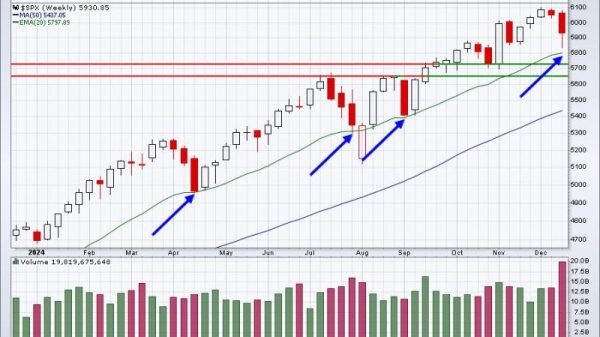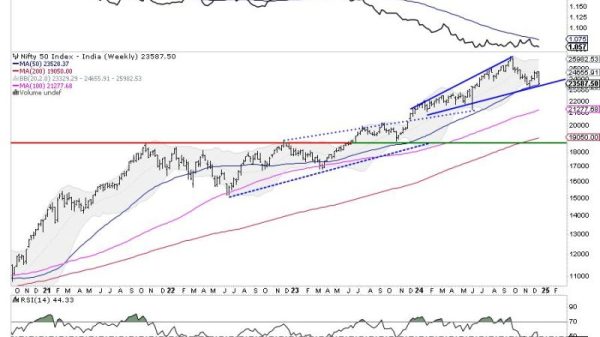As gold and silver continue to prove their worth as sound investments, market participants should know how they are taxed. Both of these precious metals are subject to import, export, purchase and sales taxes in the US.
While the majority of gold and silver investing comes with a certain degree of taxation, there are different levels of tax based on how market participants decide to invest in these precious metals.
Read on for a breakdown of the different ways to invest in gold and silver, the taxes associated with each option and what type of tax breaks may be available for investors.
How are physical gold and silver taxed?
Physical gold investors are generally looking for items that are considered fine gold (0.999). Several products fit this description, and one of the most preferred is gold bullion coins, such as the South African Krugerrand or the American Gold Eagle.
Another option is gold rounds, which are similar to coins, but are not legal tender. Both gold coins and gold rounds come in various sizes, usually ranging from 1/10 of an ounce to 1 ounce, though other less common sizes are available. Gold bars are another popular option. They also come in a variety of sizes, ranging from 1 gram bars to 400 ounce bars.
When the objective is to get the most metal for the least money, it’s generally best to shop for gold rounds and gold bars, which tend to be cheaper than gold coins of the same weight. The premium for gold coins is higher because they are fabricated by government mints and have detailed designs. It’s also helpful to consider the amount to be invested. Sizeable investments are best made in large gold bars, and it is often easier to manage large bullion bars than an array of smaller gold coins.
However, physical investors need to also give forethought to when they may want to sell their gold bullion. Gold bars will require liquidating a larger portion of one’s gold portfolio, and such products may be more difficult to sell in some instances. Individuals making ongoing or significant investments may therefore want to consider purchasing gold in various weights.
These principles also hold true when investing in physical silver — purchasing silver products such as silver bars, silver coins and silver rounds are popular ways to invest in silver.
These precious metals (as well as platinum and palladium) are seen as capital assets by the Internal Revenue Service (IRS) in the US. Thus, physical gold and silver, no matter the form, are subject to the capital gains tax when selling the metals.
The capital gains tax on physical gold and silver is equal to an investor’s marginal tax rate, up to a maximum of 28 percent, meaning those in higher tax brackets still only have to pay 28 percent on long-term gains from physical precious metals sales.
For example, if a person purchased 100 ounces of physical gold at US$1,330 per ounce and two years later they sold at US$1,500, they would find themself in the 39.6 percent tax bracket, but would only pay a fee of 28 percent. Investors who are in one of the tax brackets below 28 percent are taxed at the standard rate of their bracket when selling their solid gold and silver assets.
It is worth noting that the 28 percent maximum is applicable to long-term capital gains, since short-term capital gains on precious metals are taxed at ordinary income rates.
How are gold and silver ETFs taxed?
Like all other exchange-traded funds, gold ETFs and silver ETFs act in the same manner as individual stocks, meaning that investing in these ETFs is similar to trading a stock on an exchange. There are two main types of gold and silver ETFs: those that track the prices of those metals and those that track gold or silver stocks.
ETFs that follow metals prices provide exposure to either physical gold or silver, or gold or silver futures contracts. It is important to keep in mind that investing in these ETF platforms does not allow investors to own any physical gold or silver — in general, even an investment in an ETF that tracks physical gold or silver cannot be redeemed for the tangible metal. ETFs that invest in gold or silver companies provide exposure to gold- and silver-mining stocks, as well as gold- or silver-streaming stocks.
In terms of taxation, long-term capital gains from selling gold and silver ETF shares are subject to a 28 percent maximum federal income tax rate rather than the standard 20 percent maximum rate. This is because the gains are considered to come from selling capital assets. Short-term gains made from selling gold or silver ETFs are subject to a maximum federal rate of 39.6 percent. Additionally, these gains could get slapped with a 3.8 percent net investment income tax, and a state income tax may also apply.
How are gold and silver stocks taxed?
Like all publicly listed companies, gold and silver companies issue shares that are available for investors to trade. When a person purchases shares of a precious metals firm, they are essentially purchasing a stake in the company.
There are a few main paths to take when choosing which gold and silver companies to purchase shares from. One option is purchasing shares from major mining companies like Barrick Gold (TSX:ABX,NYSE:GOLD), Newmont (TSX:NGT,NYSE:NEM) or Pan American Silver (TSX:PAAS,NASDAQ:PAAS).
Another way is by investing in a junior miner. While both avenues have their pros and cons, it’s worth noting that investing in a junior mining stock can be inherently risky. These companies are more prone to failure due to the risks associated with exploration and development, so investors stand a greater chance at taking on a loss.
Although no stock is 100 percent foolproof, investing in a more senior company can alleviate some of the stress of a down market considering that these companies have more resilience and are likely to rise again in the future.
Finally, market participants can also obtain gold and silver shares through investing in gold and silver streaming and royalty companies, such as Wheaton Precious Metals (TSX:WPM,NYSE:WPM) and Franco-Nevada.
In terms of tax on gold and silver stocks, long-term gains from selling are subject to the standard 20 percent maximum federal rate, while short-term gains will face a maximum federal rate of 39.6 percent. For investors in higher income brackets, there is potential that gold and silver stocks will also be hit with the 3.8 percent net investment income tax as well as state income tax.
How to report tax on gold and silver investments?
Market participants who sell precious metals in the US for a profit are required to report that profit on their income tax return, regardless of whether or not the dealer has any reporting obligation.
When selling gold and silver investments in the US, there are two different sets of reporting guidelines — one applies to the dealer through which a person sells and the other applies to the investor.
It is important to note that taxes on the sale of gold and silver will not be due the moment that the sale is made. Instead, sales of gold or silver need to be reported on Schedule D of Form 1040 when making a tax return. Depending on the type of metal being sold, Form 1099-B may have to be submitted to the IRS when the sale closes, as such transactions are considered income. The tax bill for all of these sales is due at the same time as a standard income tax bill.
There will be times when a dealer needs to file Form 1099-B with the IRS in order to report proceeds paid to a non-corporate seller of gold and silver; there specific rules that determine which sales of precious metals require the dealer to file this form. Doing so helps the IRS determine whether investors have properly reported income from gold and silver sales on their tax returns.
When it comes to selling gold and silver overseas, market participants must follow the laws as they apply to the sale of gold and silver investments in that particular country.
Securities Disclosure: I, Melissa Pistilli, currently hold no direct investment interest in any company mentioned in this article.





























